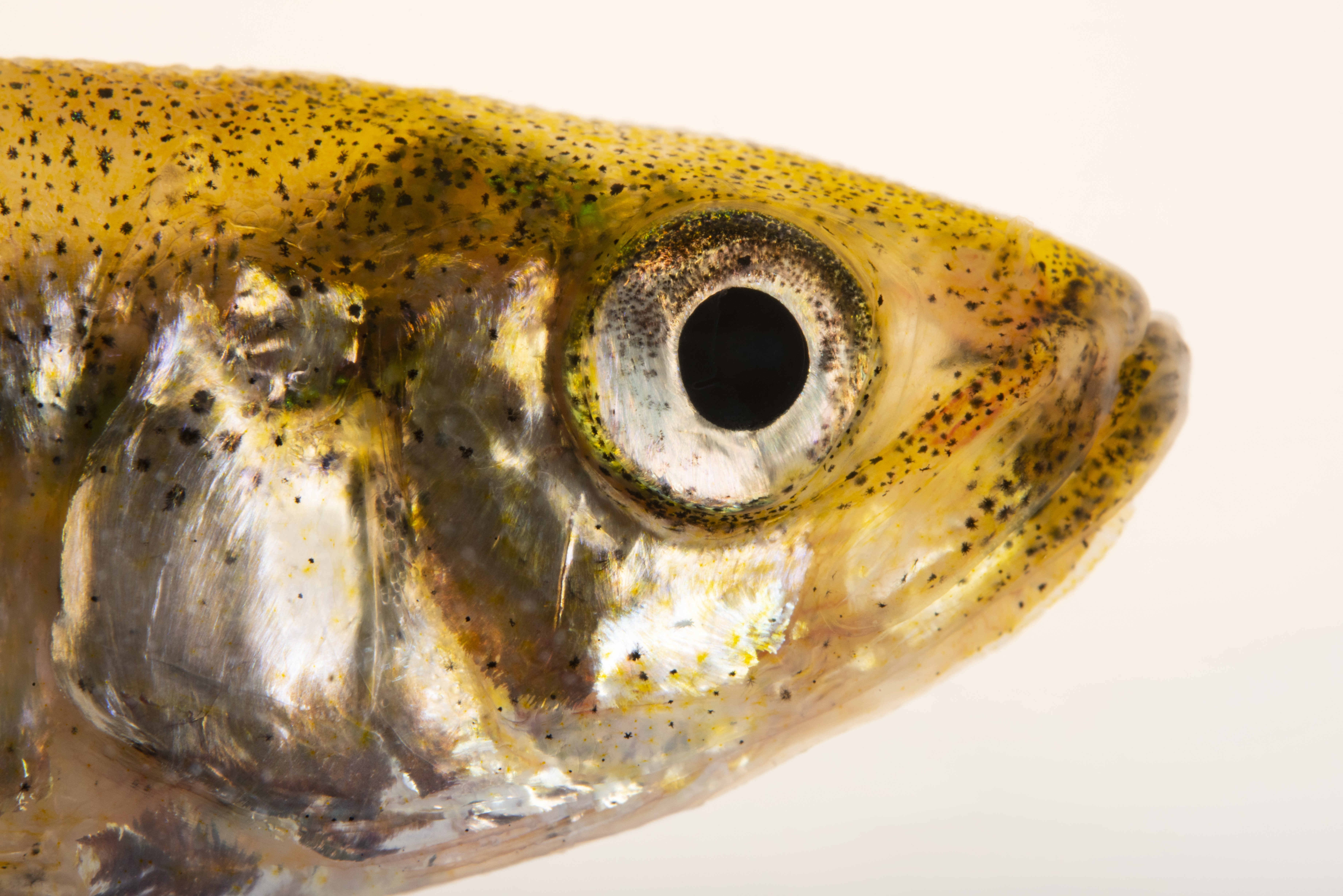
Ever since this tiny, 2-3-inch-long, silver fish was first listed as threatened in 1993, and then later as endangered in 2009, efforts to understand and protect Delta Smelt have been central driver of San Francisco Estuary management efforts. Over the decades, as the species has become increasing scarce, the focus has changed from understanding how the smelt use Estuary habitats, and its lifecycle, to political debates about fish versus farms and the proverbial water wars. Over time, managers labored to keep the species away from the water project pumps and to enhance its estuarine habitats via water quality standard known as “X2”. More recently, efforts have revolved about last ditch attempts to protect the gene pool in labs, culture fish, and then release smelt back into the wild. To read about Delta smelt in the context of other estuarine fishes with different life stories, see Estuary‘s special March 2022 Fish Tales issue.
When the restoration of Lookout Slough is complete, Lookout Slough will be no more. Created to provide water for a century-old duck-hunting club, the human-made canal will be filled in as part of a $119 million, 3,400-acre tidal wetlands restoration, the largest ever in the Sacramento-San Joaquin Delta. “Drought and climate change have elevated the […]
On a mild day between rainstorms in mid-December, wildlife biologists outfitted in rubber boots and orange lifejackets load drum after drum of precious cargo onto a small boat docked in Rio Vista, a town on the Sacramento River in the Sacramento-San Joaquin Delta. There is little fanfare but the occasion is nonetheless momentous. The shiny […]
Delta smelt had a bad year in 2017. Although scientists are still analyzing the data, the message seems to be that strong freshwater flows alone are not sufficient to allow the population to increase. The resulting sense of urgency has led fish biologists to consider how cultured smelt, raised in hatcheries, could be used to supplement the wild population.
Off a bustling Delta highway, next door to a branch of the California Aqueduct, sprawls a tidy collection of shipping containers, humming pumps, and cylindrical tanks. This resolutely artificial site is devoted to preserving a disappearing piece of natural California: the Delta smelt. “Our fish are a refuge population,” says Tien-Chieh Hung…
According to the Biblical book of Leviticus, the ancient Israelites designated a goat to bear the weight of their sins. Nowadays, the scapegoat is not required to be a goat. When it comes to assessing blame for the worsening California drought, a scapefish will suffice. Some media outlets, notably the Wall Street Journal in a recent op-ed piece, point to the hapless Delta smelt as a culprit in the state’s water crisis, as well as a prime example of the iniquities of the federal Endangered Species Act.
The CRISPR technique used to edit DNA has been formulated into a tool that can distinguish between similar-looking California fish species for conservation research. Called SHERLOCK (Specific High-sensitivity Enzymatic Reporter unLOCKing), the tool can tell the difference between species with speed and accuracy. Better yet, it is both inexpensive and can be run while researchers […]
Standard smelt surveys rely on the use of boat-driven nets, which trap fish by funneling them from the wide mouth of the net to the closed end (known as the cod end). To check their catch, researchers must pull the net and its contents from the water. But this additional handling can harm and even […]
Decades ago, resource managers first learned of declining Delta smelt numbers not through surveys targeting the once-abundant native fish, but rather as a byproduct of long-term monitoring programs for non-native striped bass. Now, the authors of a new study published in the March 2021 issue of San Francisco Estuary and Watershed Science advocate for the […]
Scientists know that smelt use tidal ebbs and flows to migrate landward to spawn, but the degree to which external cues influence behavior remains unclear. In a new study published in the March 2021 issue of San Francisco Estuary and Watershed Science, researchers used computer modeling to predict smelt distribution based on hypothesized swimming behaviors. […]
In a new study published in the March 2021 issue of San Francisco Estuary and Watershed Science, researchers Lenny Grimaldo, William Smith, and Matthew Nobriga used advanced statistical approaches to understand what factors best predict Delta smelt entrainment at the pumps. The paper builds upon research that Grimaldo conducted in the 2000s, which provided the […]
Writing in the March issue of San Francisco Estuary and Watershed Science, US Fish and Wildlife Service biologists Matt Nobriga and Will Smith suggest that the smelt’s baseline might have shifted long before anyone was paying attention, and striped bass predation may have constrained its numbers before recent water diversions and food web changes added […]
Entrainment at the South Delta pumps of the State Water Project and the Central Valley Project has been a concern for years, but disentangling its impact on the dwindling smelt population from those of other environmental and water management factors isn’t easy, and operational differences between the SWP and CVP facilities complicate analysis. Now, US […]
This does not mean the fish is extinct—yet—but it does mean that the Sacramento-San Joaquin Delta ecosystem is in disarray. The species, which lives its entire life in the estuary, is a key ecological indicator—and it was prolific until just a couple of decades ago. According to the California Department of Fish and Wildlife’s Fall Midwater […]
Walk back through time with this selection of early stories from Estuary’s first two decades of publication. In those days, the smelt was at the center of lawsuits, regulatory battles, and debates over recovery criteria under the ESA. Little has changed, except there are now far fewer smelt.